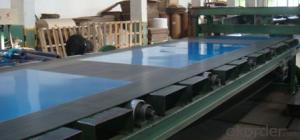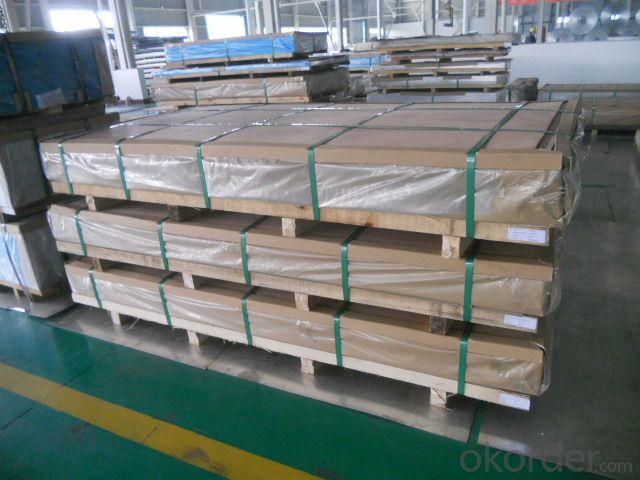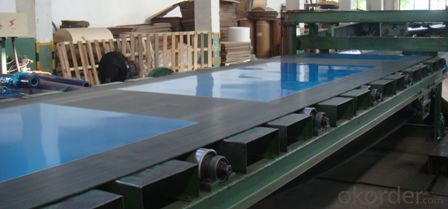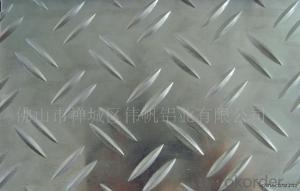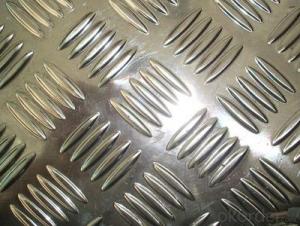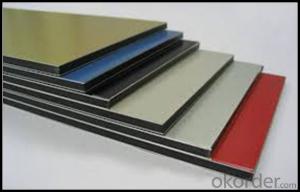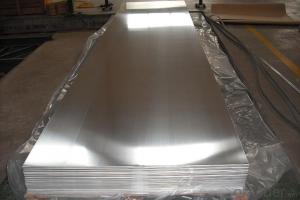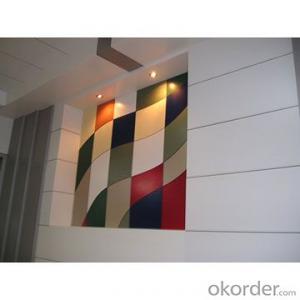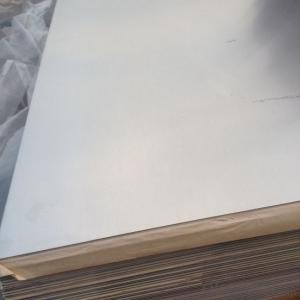Aluminium Plain Sheet for Composite Pannel
- Loading Port:
- Shanghai
- Payment Terms:
- TT OR LC
- Min Order Qty:
- 1 m.t
- Supply Capability:
- 5000 m.t/month
OKorder Service Pledge
OKorder Financial Service
You Might Also Like
Specifications
Supplier Aluminium Sheet
1.Thickness:0.3-150mm
2.Width:500-1950mm
3.Temper: O,H12,H22,H14,H24,H16,H26
Supplier Aluminium Sheet
Henan Xindatong Aluminum Industry Co.,Ltd.
Company Tel:+86 0371 63965568 Mr. Bert Wang
Company Fax:+86 0371 60220063
Xindatong Aluminum specializes in manufacturing Aluminum sheets,aluminum coils
(1)we have the certiificate of ISO 9002; SGS cerificate.
(2) our quality is based on EN,ASTM,JIS.
Alloy | Thickness(mm) | Width(mm) | Length(mm) | Temper | DC or CC |
1050,1060,1070,1100,1235 | 0.2-4.0 | 400-1850 | 500-6000 | O,H12,H22,H14,H24,H16,H26,H18,H32 | DC, CC |
4.0-150 | 1000-1900 | H112,H111 | DC | ||
3003,3004,3105 | 0.2-4.0 | 400-1850 | 500-6000 | O,H12,H22,H14,H24,H16,H26,H18,H32 | DC, CC |
4.0-150 | 1000-1900 | H112,H111 | DC | ||
5052,5083,5754 | 0.2-4.0 | 400-1850 | 500-6000 | O,H12,H22,H14,H24,H16,H26,H18,H32 | DC |
4.0-150 | 1000-1900 | H112, H111 | DC | ||
8011 | 0.08-0.20 | 400-1500 | 500-6000 | O,H12,H22,H14,H24,H16,H26,H18 | DC, CC |
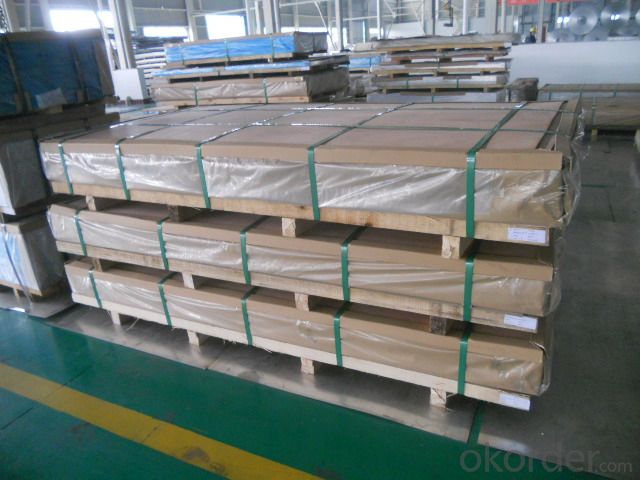
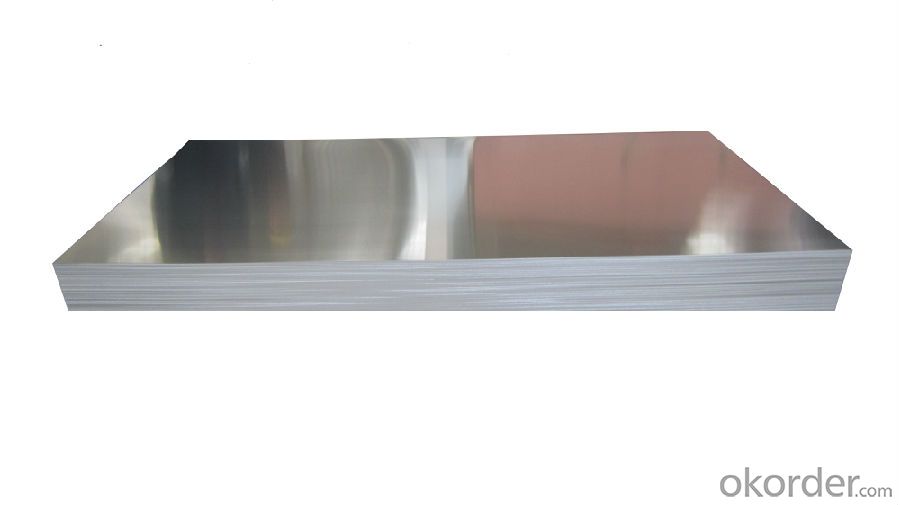
- Q: What kind of material is wood grain aluminum sheet?
- The wood grain is sprayed, and the key is what you do. It's good to tell you which kind of material is used.
- Q: As for graphite and aluminum sheet, which one has a better thermal conductivity?
- Aluminum sheet has a better thermal conductivity, because metal is good conductor of heat, graphite is n't metal.
- Q: Consider an aluminum wire of diameter 0.580 mm and length 28.0 m. The resistivity of aluminum at 20.0°C is 2.82 10-8 Ω · m.(a) Find the resistance of this wire at 20.0°C. ___________Ω(b) If a 9.00-V battery is connected across the ends of the wire, find the current in the wire. __________A
- Aluminum has a resistivity of 2.65 x 10^-8. But I will use your figure of 2.82 x 10^-8. R = ρL/A where ρ = resistivity = 2.82 10-8 Ω · m, L = Length = 28 meters, A = Area =( .58mm/2)^2 x pi = 0.26 mm^2, or 2.6 x 10^-7 m^2 R= (2.82 x 10^-8)(28)/2.6 x 10^-7 = 3.03 ohms I=V/R = 9/3.03 = 2.97 amps
- Q: Aluminum and oxygen gas react to produce aluminum oxide
- Aluminium oxide is Al2O3, so there are 3 oxygen atoms for every 2 aluminium atoms. Divide 75 by the relative atomic mass of oxygen (15.9994). That is proportional to the number of oxygen atoms. Then divide by 3 and multiply by 2. This gives a number proportional to the number of aluminium atoms. Then multiply this by the relative atomic mass of aluminium (26.981529) to give the mass of aluminium required in grams.
- Q: How do aluminum sheets perform in terms of wear resistance?
- Due to their inherent properties and surface characteristics, aluminum sheets generally exhibit good wear resistance. They are lightweight yet durable, boasting a high strength-to-weight ratio, which makes them suitable for various applications that require wear resistance. To further enhance the wear resistance of aluminum sheets, various methods can be employed. Alloying, heat treatment, and surface treatments are among the techniques that can be utilized. By incorporating elements like copper, magnesium, or zinc into aluminum, its hardness and wear resistance can be improved. Heat treatment processes such as precipitation hardening can also bolster the strength and wear resistance of aluminum sheets. Moreover, the wear resistance of aluminum sheets can be significantly enhanced through surface treatments such as anodizing or the application of protective coatings. Anodizing forms a protective oxide layer on the surface of aluminum, providing increased resistance to abrasion, corrosion, and wear. Coatings like powder coatings or paint can also serve as an additional layer of protection against wear and tear. In various industries such as automotive, aerospace, construction, and marine, aluminum sheets find widespread use due to their excellent wear resistance. They are commonly employed in components that undergo sliding, rubbing, or impact, such as panels, body parts, and structural elements. While aluminum sheets may not possess the same level of wear resistance as certain steel alloys or other specialized materials, they offer a favorable balance between strength, weight, and wear resistance. Through appropriate alloying, heat treatment, and surface treatments, aluminum sheets can provide satisfactory wear resistance across a wide range of applications.
- Q: What is the typical flammability rating of aluminum sheets?
- Class A flammability ratings are typically assigned to aluminum sheets. This rating indicates that they possess a strong resistance to fire and are unlikely to ignite or facilitate the spread of flames. Aluminum is classified as a non-combustible substance, which is why it is widely favored in industries like construction, transportation, and aerospace, where fire safety is a priority. Additionally, its elevated melting point and exceptional heat dissipation qualities further contribute to its ability to withstand fire.
- Q: on an hot day, which will stay cooler longer...aluminum, or copper? why?thanks!
- Copper is a better conductor of both heat and electricity so it will get hotter faster at least until it oxidizes and turns green
- Q: Are 101 aluminum sheets easy to work with in terms of cutting, drilling, and shaping?
- Yes, 101 aluminum sheets are generally easy to work with when it comes to cutting, drilling, and shaping. Aluminum is a lightweight and malleable material, making it relatively easy to manipulate using common tools. However, the specific ease of working with 101 aluminum sheets may vary depending on the thickness of the sheets and the specific tools and techniques used.
- Q: What are the potential health hazards related to working with aluminum sheets?
- <p>Working with aluminum sheets generally has low health risks. However, inhalation of aluminum dust can cause respiratory issues, such as coughing and shortness of breath. Prolonged exposure may lead to a condition known as metal fume fever. Additionally, aluminum can cause skin irritation in some individuals. It's important to use proper ventilation and personal protective equipment, such as masks and gloves, to minimize these risks.</p>
- Q: Are aluminum sheets suitable for decorative paneling?
- Indeed, decorative paneling can be achieved with the use of aluminum sheets. With its versatility and range of benefits, aluminum proves to be a suitable material for such applications. One advantage is its lightweight nature, making it convenient for handling and installation. Consequently, it becomes a practical choice for both interior and exterior paneling. Moreover, aluminum sheets possess durability and resistance to corrosion, allowing them to withstand various weather conditions, including humidity and UV exposure. This outstanding quality ensures that the decorative paneling retains its aesthetic appeal over time, even in high-traffic areas. Additionally, aluminum sheets provide a sleek and contemporary appearance to any space. They can be easily customized with different finishes like brushed, polished, or anodized, offering limitless design possibilities. Furthermore, the reflective properties of aluminum contribute to the overall visual appeal by creating an illusion of more space and light in a room. Furthermore, it is worth noting that aluminum is a sustainable material that can be fully recycled without compromising its quality. This aspect makes it an environmentally friendly choice for decorative paneling, aligning with the growing trend towards sustainable design. Overall, due to their lightweight nature, durability, versatility in design options, and sustainable properties, aluminum sheets prove to be an excellent option for decorative paneling. Whether for residential or commercial purposes, the addition of aluminum paneling can bring a modern and visually appealing touch to any space.
Send your message to us
Aluminium Plain Sheet for Composite Pannel
- Loading Port:
- Shanghai
- Payment Terms:
- TT OR LC
- Min Order Qty:
- 1 m.t
- Supply Capability:
- 5000 m.t/month
OKorder Service Pledge
OKorder Financial Service
Similar products
Hot products
Hot Searches
Related keywords

